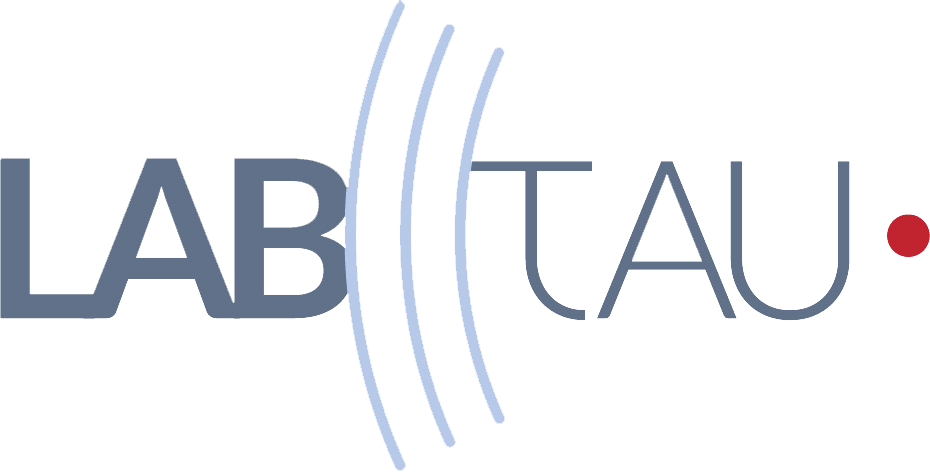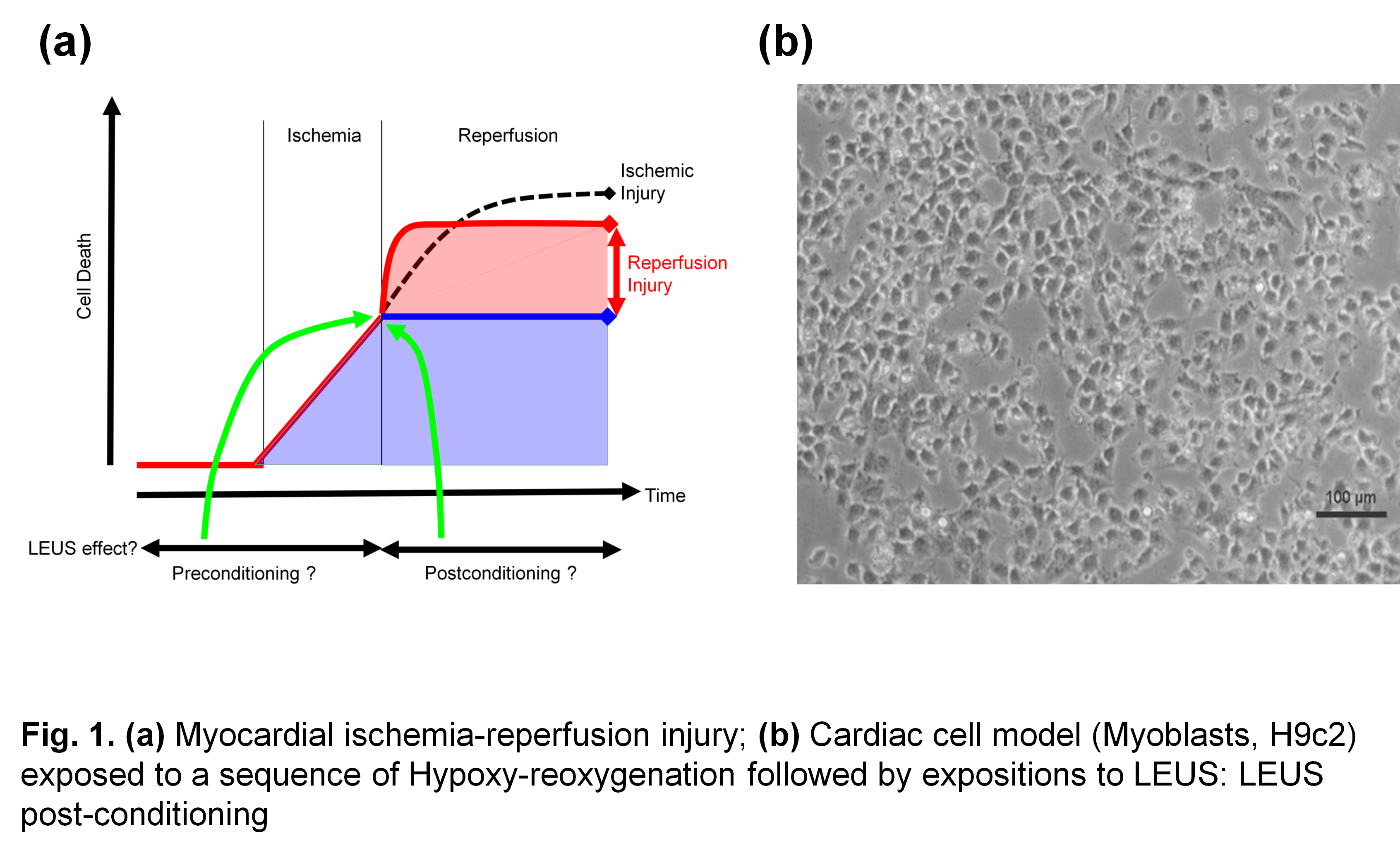Cardio protection
Project Description
Cardiovascular disease remains the leading cause of death in adults and in industrialized countries (WHO, update 2014). Among them, ischemic heart disease is the main cause of death and hospitalization with infarct size being the major factor of prognosis after acute myocardial infarction (AMI). Interventions to reduce final infarct size thus have a major clinical interest in improving the prognosis of patients referred for myocardial infarction. The current management of myocardial infarction is to reperfuse the myocardium as soon as possible by primary percutaneous coronary intervention (PCI). However, experimental and clinical studies have shown that abrupt reperfusion has also deleterious effects on the ischemic myocardium and creates additional reperfusion injury. This post-reperfusion damage can increase final infarct size by up to 40%. The new frontier in the treatment of AMI has shifted from the rapid restoration of an effective reperfusion of the occluded artery, toward the effective protection of myocardium at risk for infarction in the territory downstream of occlusion, by mean of so-called “cardioprotection” strategies. Several Phase II clinical studies were conducted to test various cardioprotective interventions to reduce infarct size. For now, no therapy has demonstrated its effectiveness and/or been successfully transposed to the routine therapeutic care in patients with acute myocardial infarction. The search for new therapeutic approaches to effectively treat myocardial reperfusion injury is therefore a major challenge.
LabTAU is bringing its expertise in biomedical ultrasound (therapy and imaging) in a collaboration with CREATIS/CHUSE (multimodal imaging) and CARMEN (cardioprotection) to investigate the potential of LEUS as a new method to protect the heart during reperfusion post myocardial infarction and hence improve patient management and prognosis. Previous studies have suggested that LEUS could have cardioprotection effects in the context of ischemia-reperfusion but the mechanisms of action of LEUS on cardiac cells/tissues are not yet well understood (mechano transduction on effect on cell structures/organelles: ion channels, caveolae, integrins, cytoskeletal filaments, nucleus, extracellular matrix and growth factors) and the sonoprotection effects themselves have to be further studied (i.e. reduction of cell depolarization, mortality, improvement of the angiogenesis, anti-inflammatory effects, reduction of the infarct size, of the reperfusion edema). Another advantage of LEUS, if the protection effects are confirmed, will be to allow both diagnosis and therapy for ultrasound-guided sonocardioprotection.
Funding sources
- 2018-2019: WP3-FLI (LABTAU/CREATIS)
- 2015-2017: PALSE (CREATIS)
- FEDER CG42 (CREATIS)
Staff
LabTau Staff
- co-PIs: Apoutou N’DJIN (CR LabTAU, INSERM), Jean-Yves CHAPELON (DR LabTAU, INSERM)
Collaborations
- PIs: Magalie VIALLON (Researcher, CHUSE/CREATIS, Ultrasound imaging team), Pierre CROISILLE (PUPH, CHUSE/CREATIS, Ultrasound imaging team)
- co-PIs: Michel OVIZE (PUPH, CARMEN, INSERM U1060, IHU OPeRa, Cardioprotection team), Nathan MEWTON (MCUPH, CARMEN, INSERM U1060, IHU OPeRa, Cardioprotection team)
- Researchers: Lorena PETRUSCA (Post-Doc, CREATIS, Ultrasound imaging team)
- Engineers: Claire CROLA DA SILVA (IR, CARMEN, INSERM U1060, IHU OPeRa, Cardioprotection team)
Publications
-
Petrusca L, Varray F, Souchon R, Bernard A, Chapelon JY, Liebgott H, N'Djin WA, Viallon M. Fast Volumetric Ultrasound B-Mode and Doppler Imaging with a New High-Channels Density Platform for Advanced 4D Cardiac Imaging/Therapy. Appl Sci 2018; 8(2) :200. DOI: 10.3390/app8020200
-
Petrusca L, Varray F, Souchon R, Bernard A, Chapelon JY, Liebgott H, N'Djin WA, Viallon M. A new high channels density ultrasound platform for advanced 4D cardiac imaging. Ultrasonics Symposium (IUS) Proceedings; 2017 IEEE International :1-4. DOI: 10.1109/ULTSYM.2017.8092283





